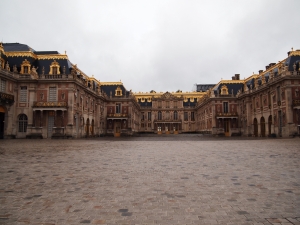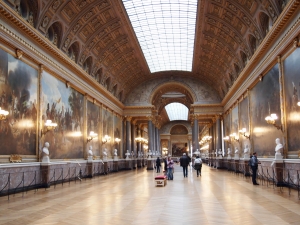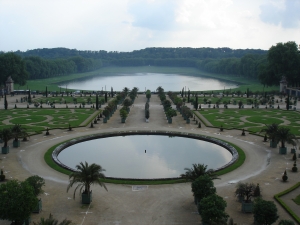Home > sightseeningList > Palace of Versailles
Home > sightseeningList > Palace of Versailles
Area:Palace of Versailles Genre: World Culture Heritage Popular Sights Churches
Character: History and Culture Recommended Place For Couples For Family for Middle-aged Couple
The Palace of Versailles, also known as The Château de Versailles, has been the scene for several historic events, not the least of which was the signing, on 28 June 1919 within the Hall of Mirrors, of the Peace Treaty between defeated Germany and the Allies that brought the First World War officially to an end. The signing of the treaty at Versailles, of course, mirrored the proclamation, in 1871 within the same long hall, of the establishment of the German Empire under the Prussian king, subsequently the Kaiser. Originally, the palace started out as simply a hunting lodge built by Louis XIII. However, after that Louis XIV decided he wanted to build the palace that we know today at that exact location. In 1789 the palace lost its seat in power, but today hosts the Museum of France's history.

Consider taking an audioguide tour of the château, available in several languages from various reception points within the palace and grounds. The day pass price includes the audio tour.

The Gardens of Versailles occupy part of what was once the Domaine royal de Versailles, the royal demesne of the château of Versailles. Situated to the west of the palace, the gardens cover some 800 hectares of land, much of which is landscaped in the classic French Garden style perfected here by André Le Nôtre. Beyond the surrounding belt of woodland, the gardens are bordered by the urban areas of Versailles to the east and Le Chesnay to the north-east, by the National Arboretum de Chèvreloup to the north, the Versailles plain (a protected wildlife preserve) to the west, and by the Satory Forest to the south.
In 1979, the gardens along with the château were inscribed on the UNESCO World Heritage List, one of thirty-one such designations in France.
【By Train】
There are three different train stations in Versailles: Versailles Rive Gauche, Versailles Rive Droite and Versailles Chantiers. The Versailles Rive Gauche station is the one closest to the Palace (5 minute walk), though the other two stations are not all that much further away (about 15 minute walk).
From Paris Montparnasse: Take Transilien N to Versailles Chantiers. A semi-direct train will bring you to Versailles in 12 minutes, but the walk is not very nice from that station.
From Paris Saint Lazare: Take Transilien L to Versailles Rive Droite. You will reach Versailles in 33 minutes, with the opportunity to see (or visit) La Defense on the way. The walk from that station can be very pleasant.
From Paris: RER C5 line, direction Versailles Rive Gauche (train called VICK), get off at Versailles Rive Gauche station. Be careful not to get off at Viroflay Rive Gauche! The name looks somewhat the same, but it is not the right station! The RER C7, direction Saint-Quentin-en-Yvelines, stops at Versailles Chantiers (train called SARA or SLOM). Do not take RER C4 terminating at Versailles-Chantiers (train called CIME) as this takes a long tour of the southern suburbs of Paris before reaching Versailles. This train is very slow but the station is the closest one to the Palace.
(If travelling from central Paris by RER, please ensure you have the right tickets covering zone 1-4, normal t+ tickets covering inner Paris is not enough. Ticket inspectors have been known to board RER trains just before Versailles Rive Gauche station - any person holding the wrong ticket is liable to a EUR30 penalty.)
Near